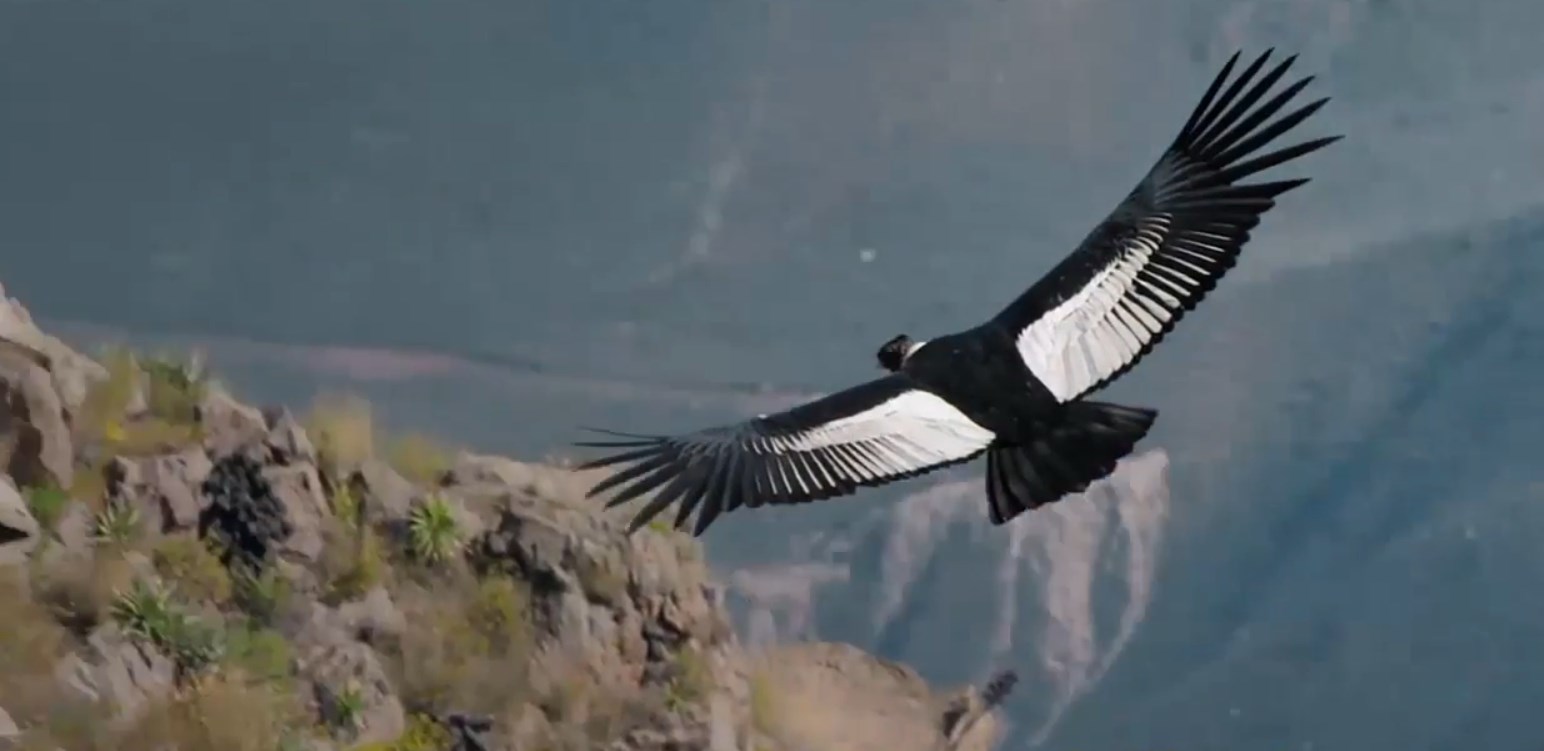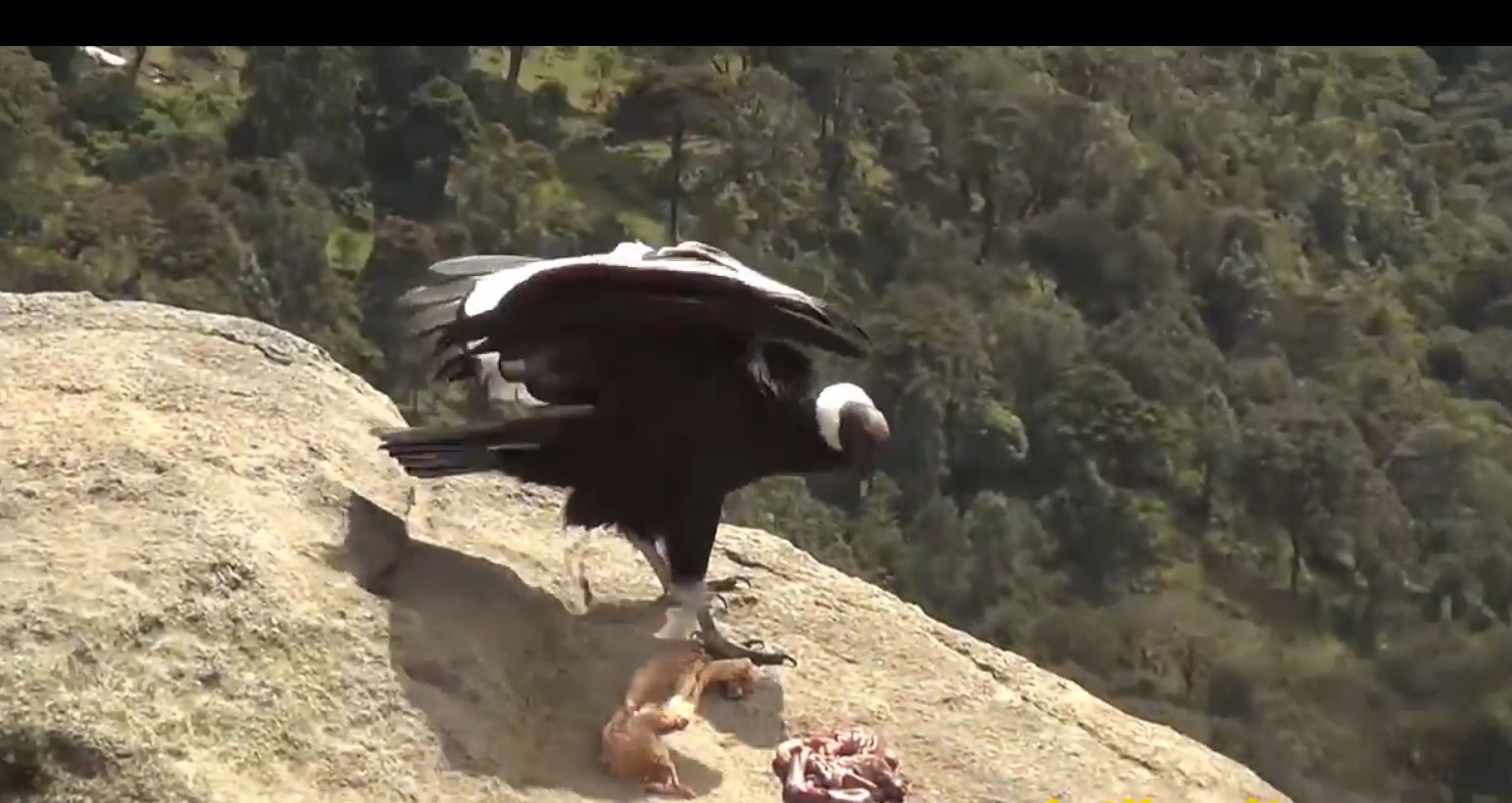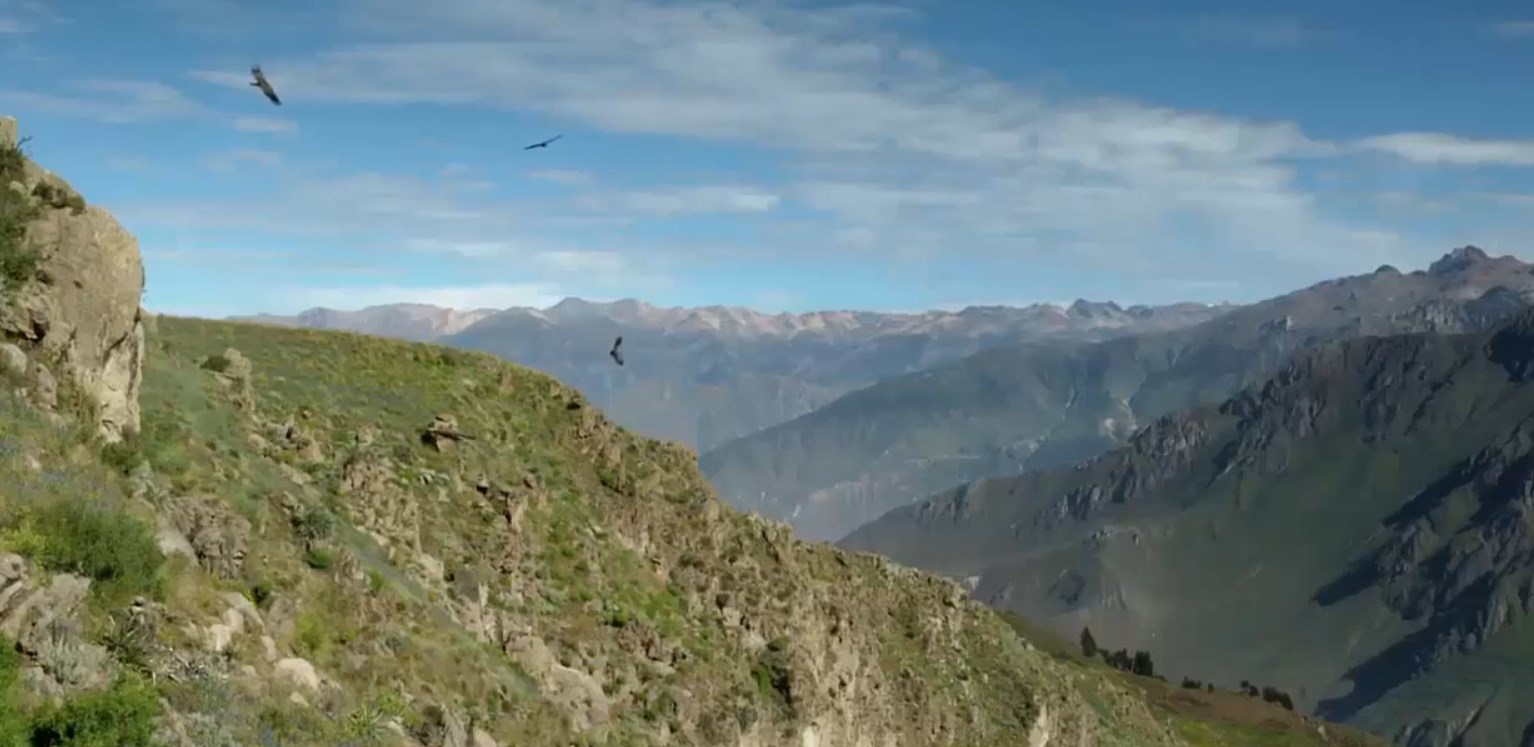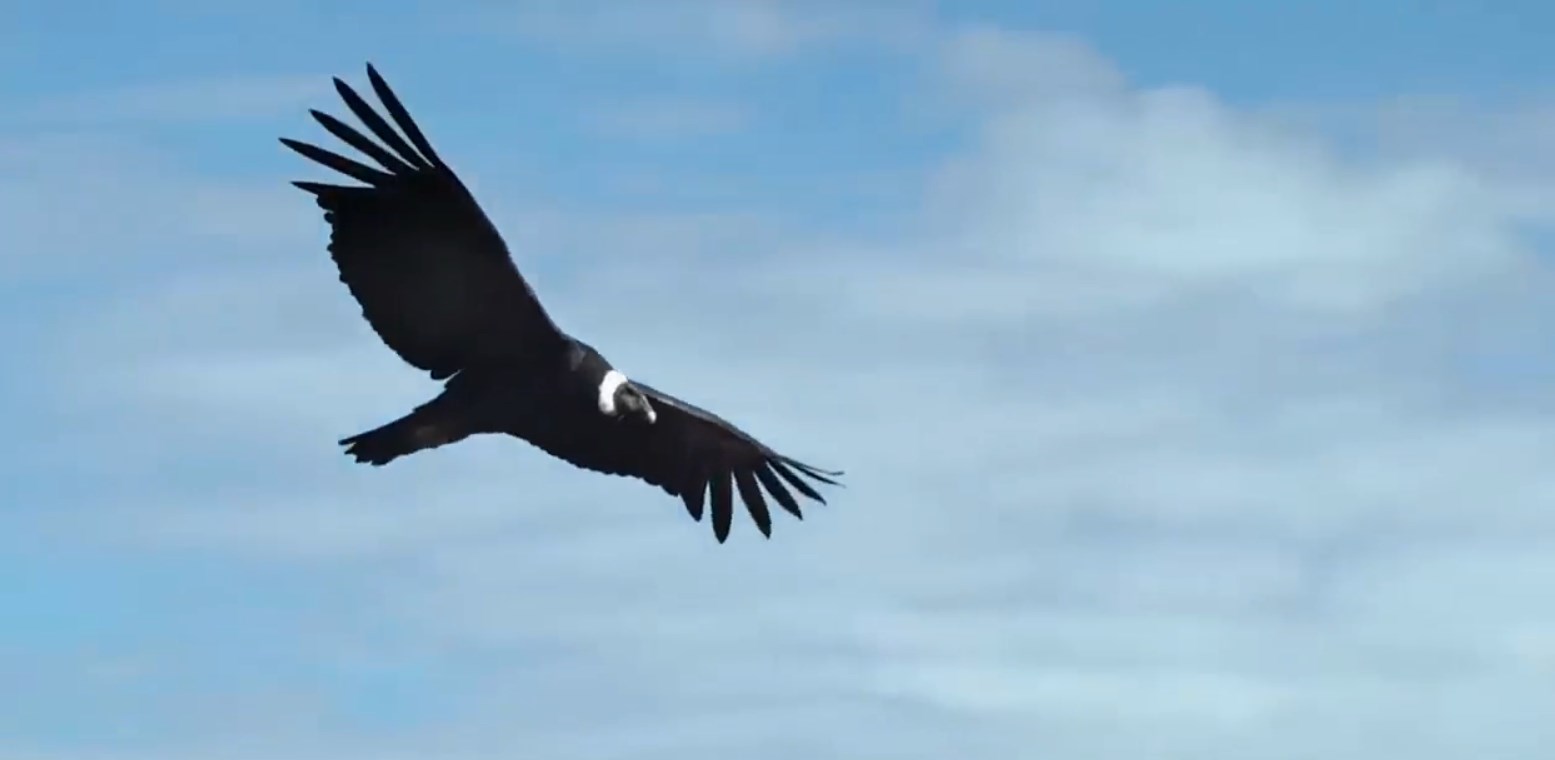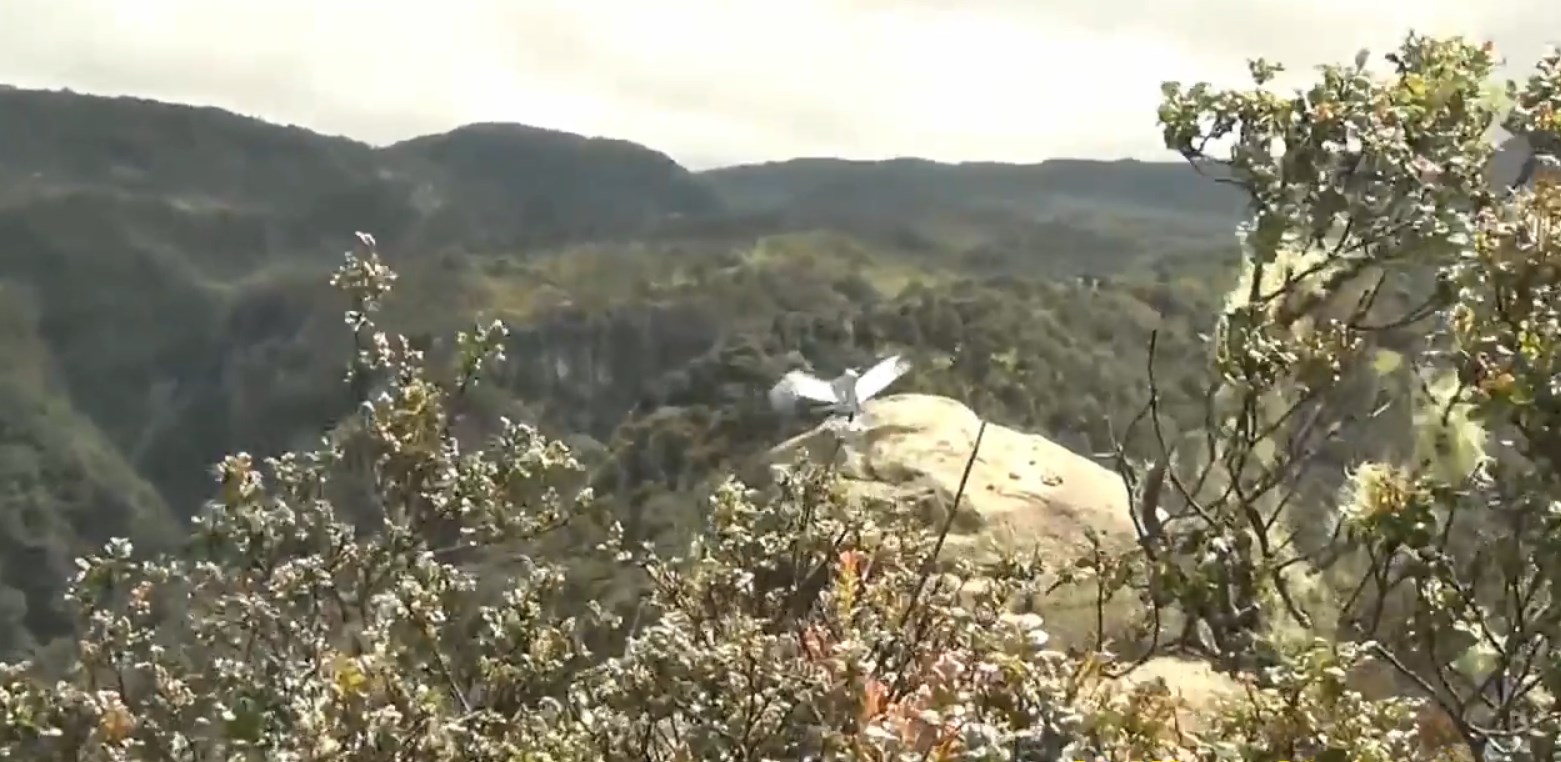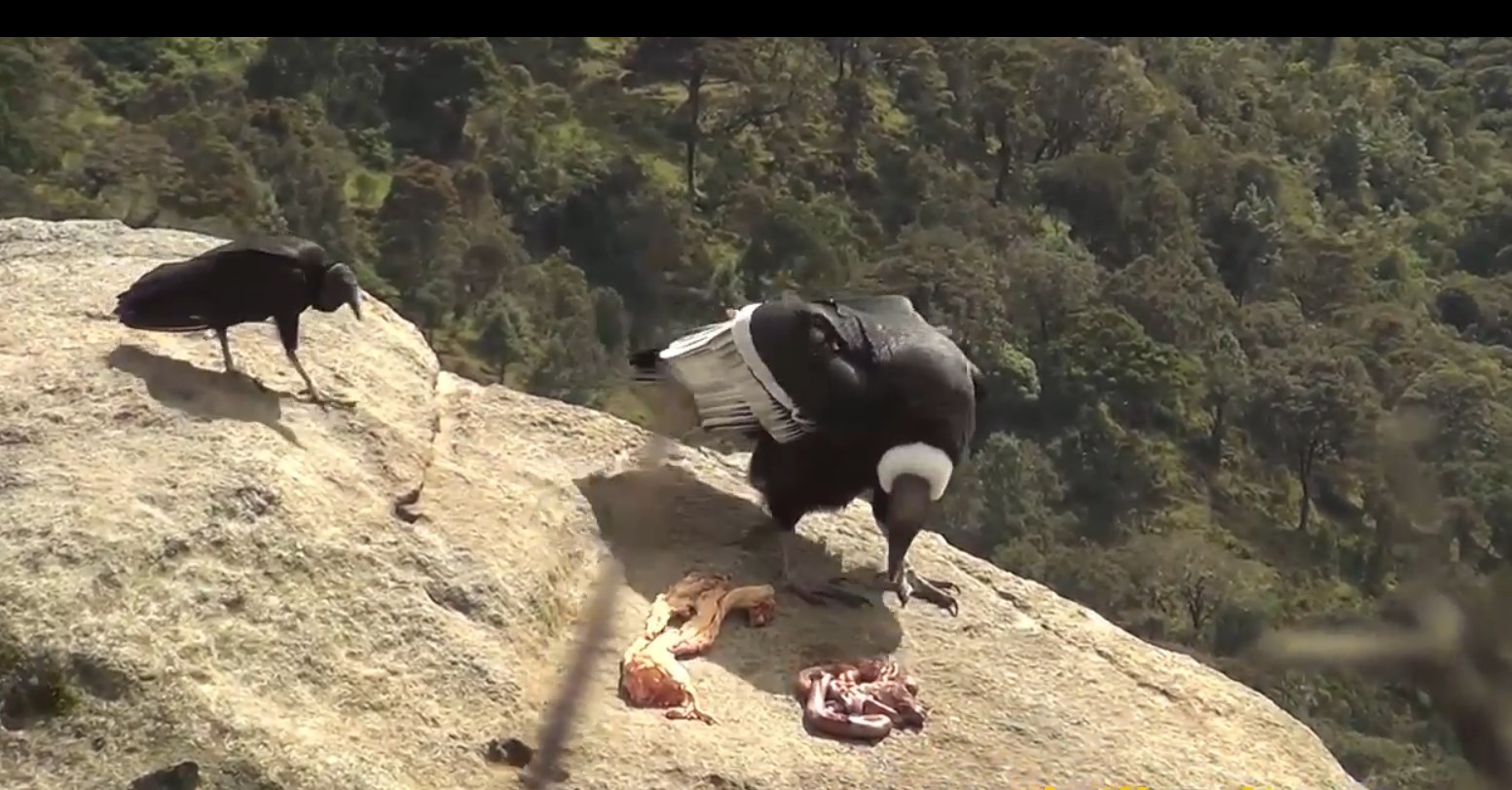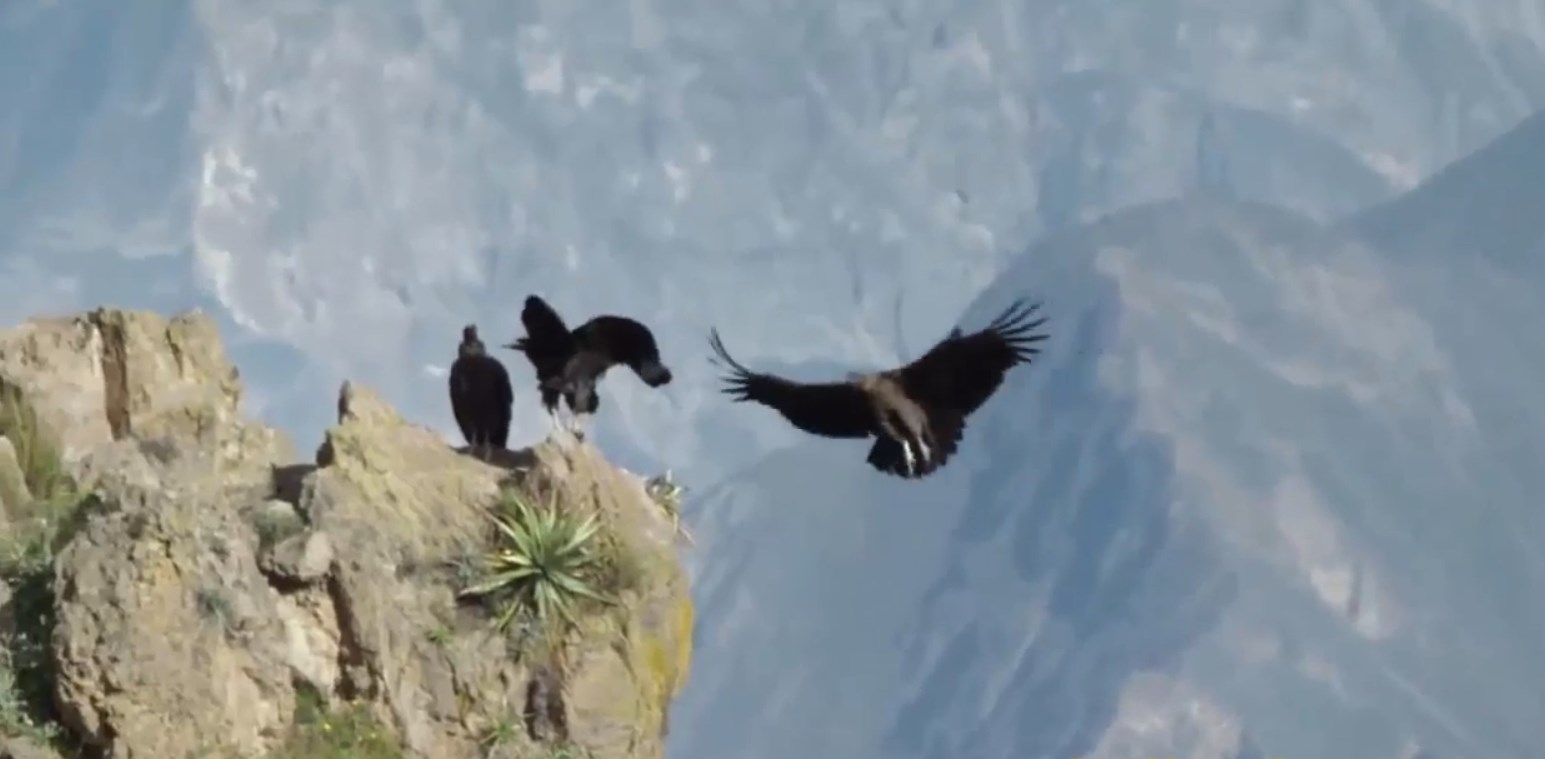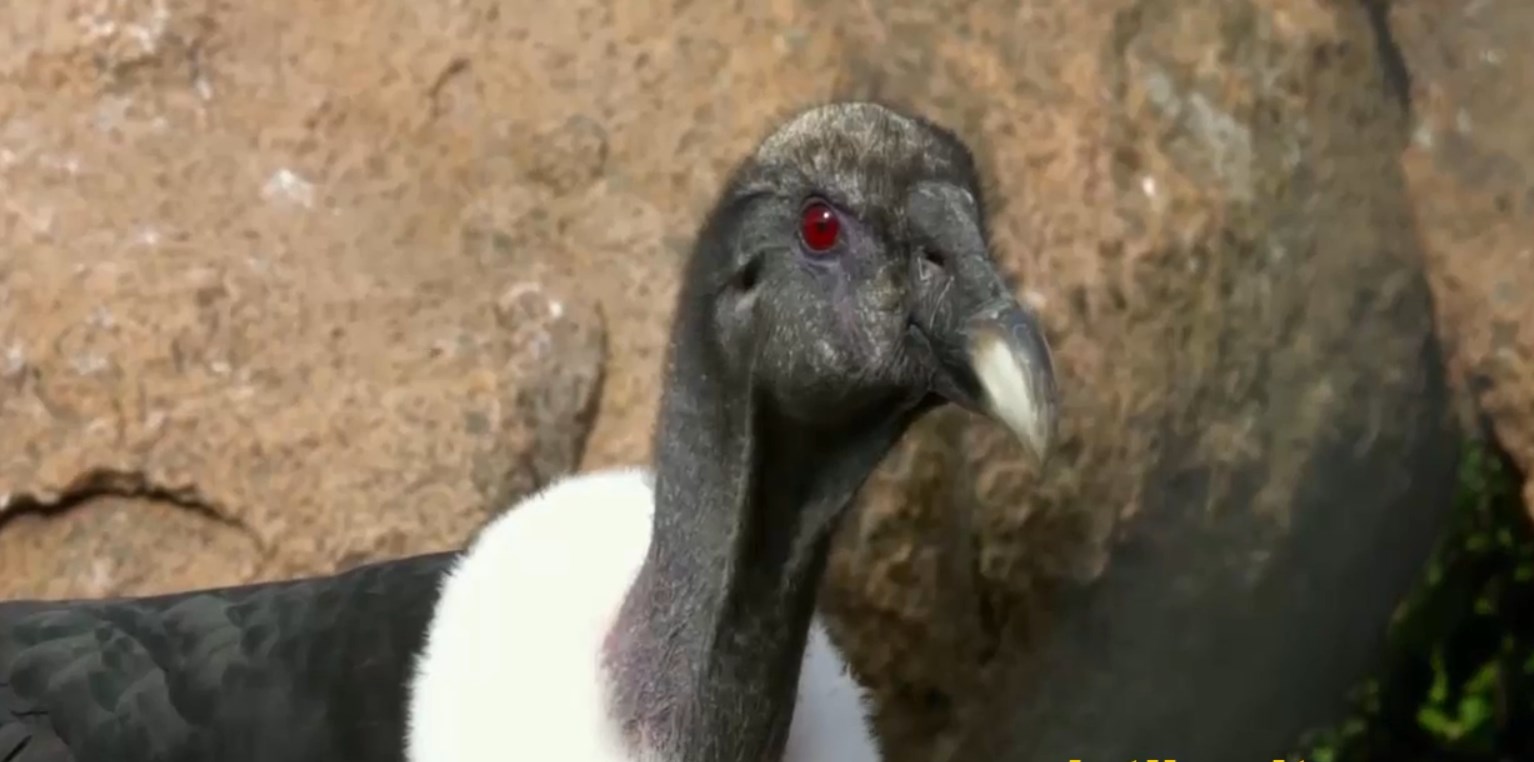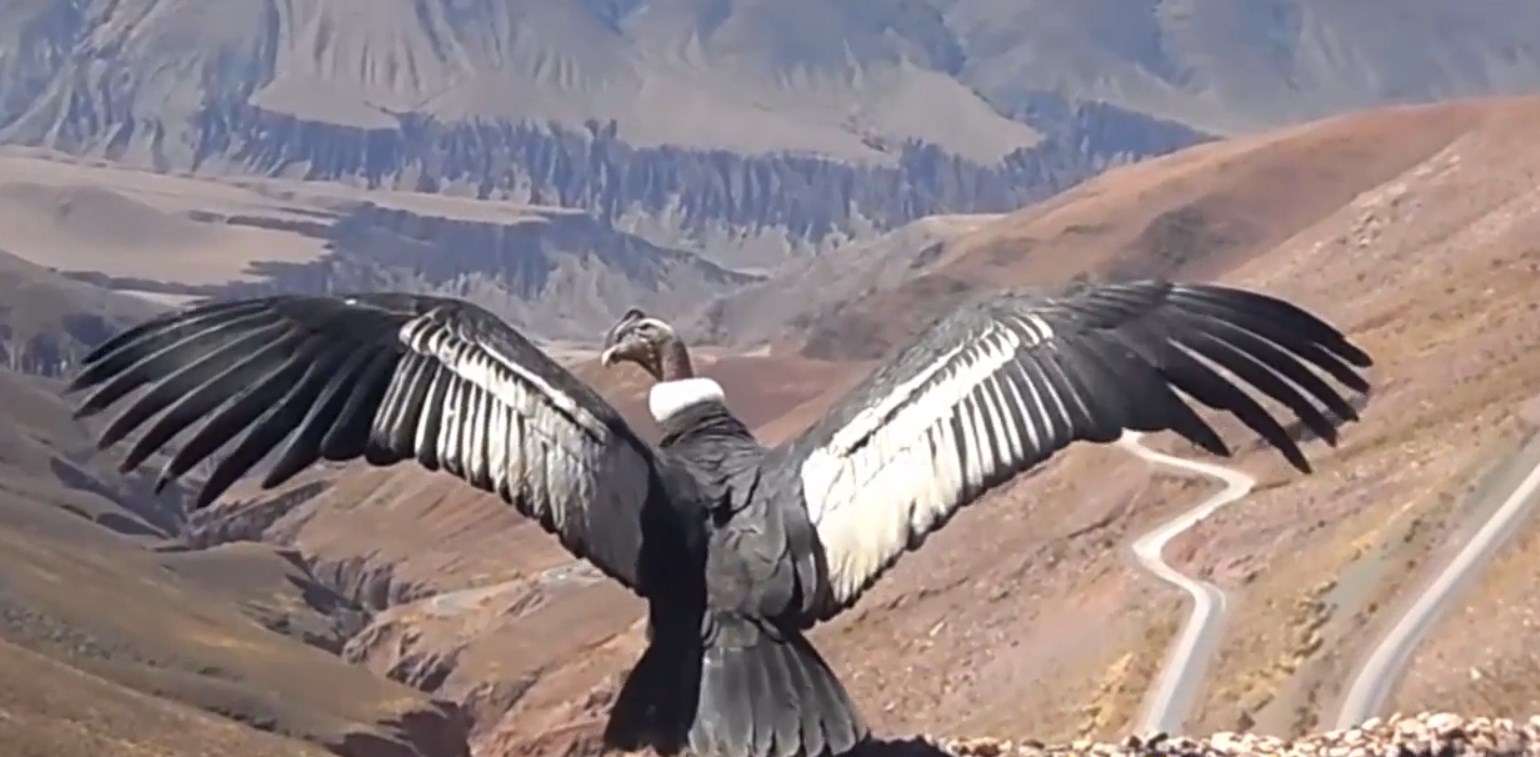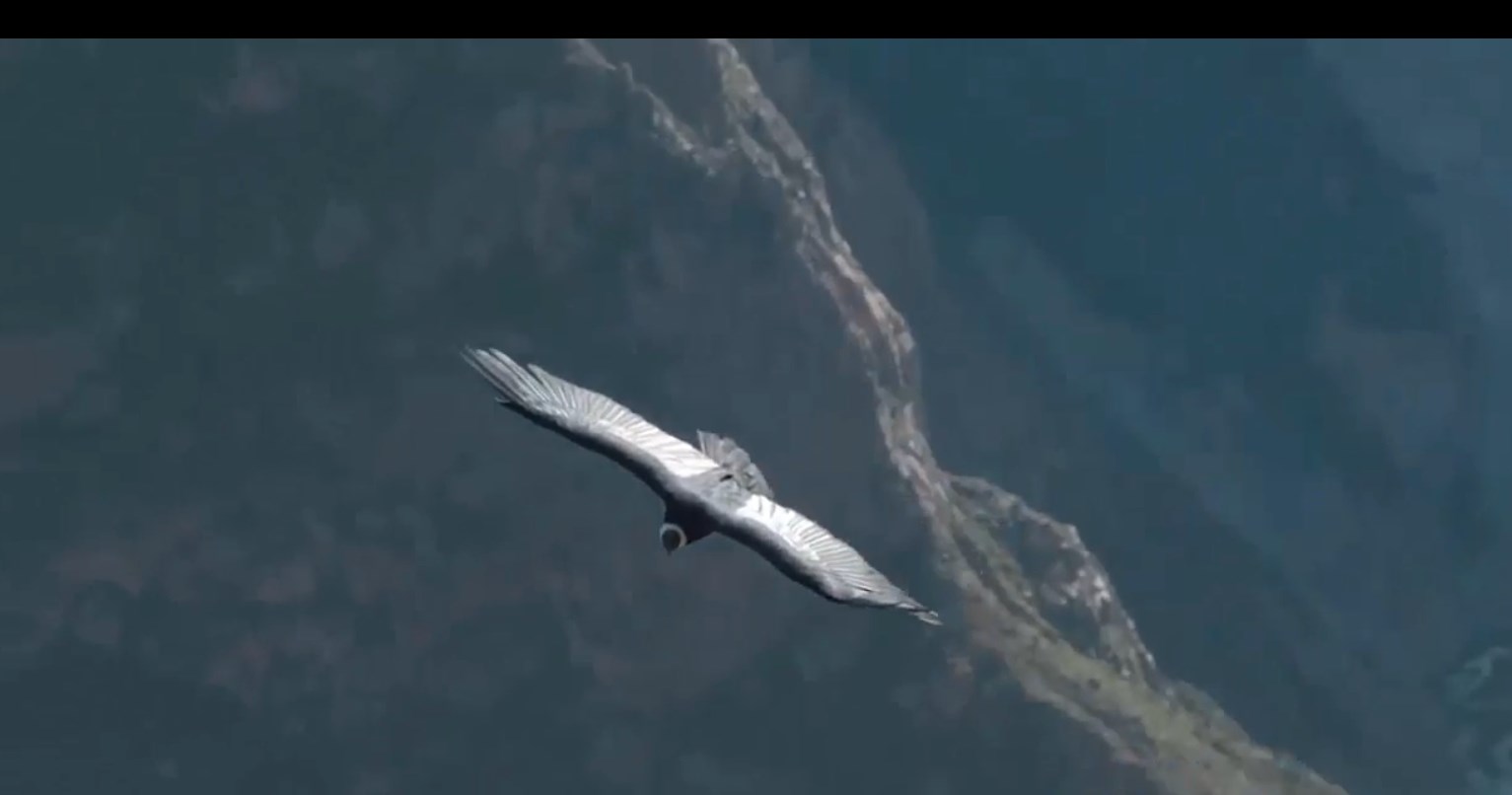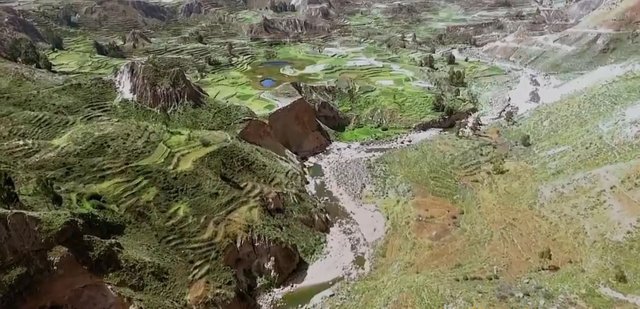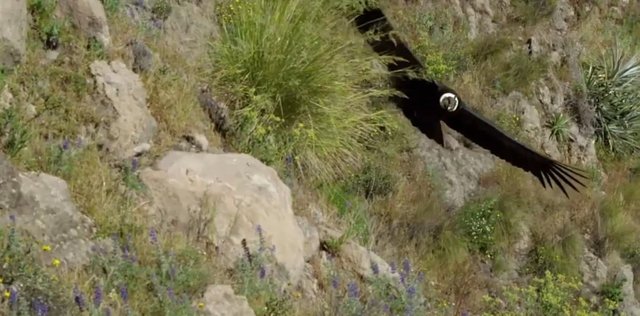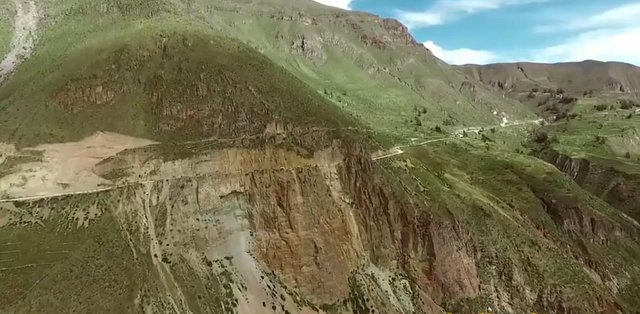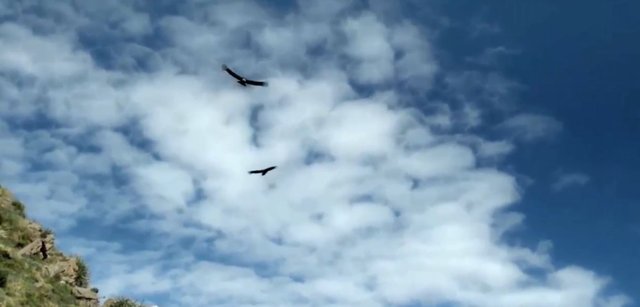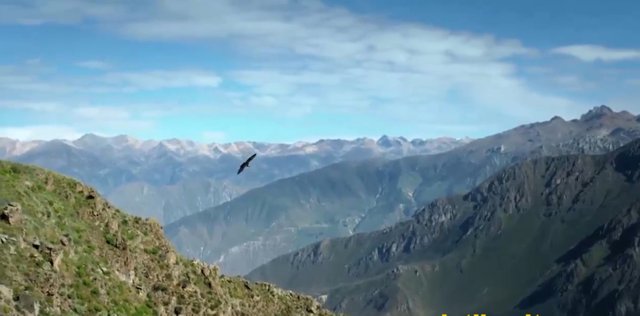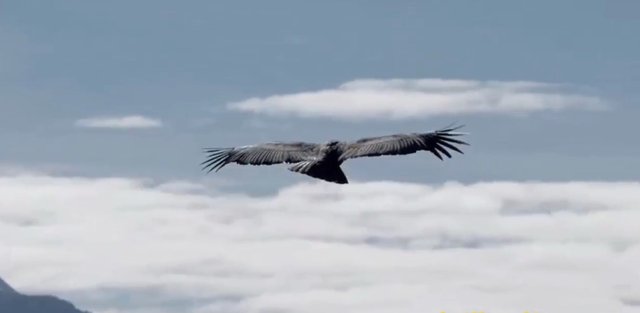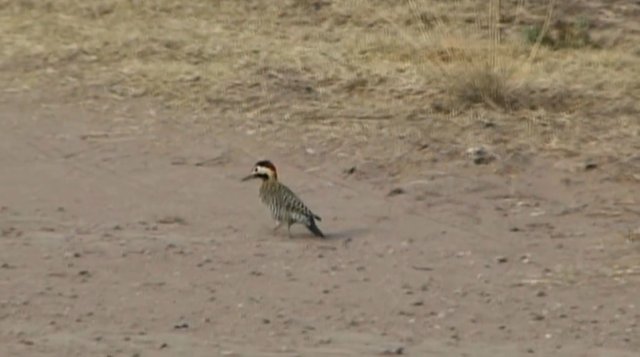
La Pampa is not a province of great tourist attractions.
Most people think of hunting (major or minor) when someone refers to the Pampa soil. Wild boar pigs, red deer, with due restrictions and other smaller species.
Even foreign tourists who come purely and exclusively to spend their holidays in hunting grounds.
However there are two beautiful activities to spend a long weekend or a short vacation.
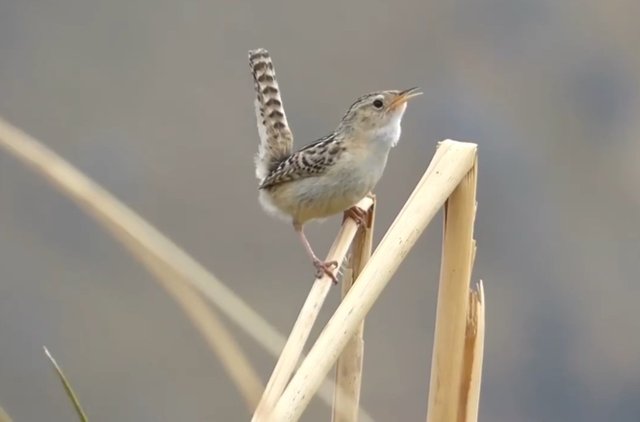
Deer Breech and Bird Watching.
I already talked about one of them in a previous post, it is the ** [Red Deer Brama.] (Https://hive.blog/hive-120586/@belen0949/mousse-de-chocolate-con-flores-de -azucar-chocolate-mousse-with-sugar-flowers-esp-eng) **What many do not know is that, in parallel to the red deer roar, they can enjoy the particular charm of the ** Birdwatching in the Pampas. **
As a consequence of the numerous water wells and springs that have appeared in La Pampa in recent years, not only have new and numerous animals been appearing that have established their habitat in this area.
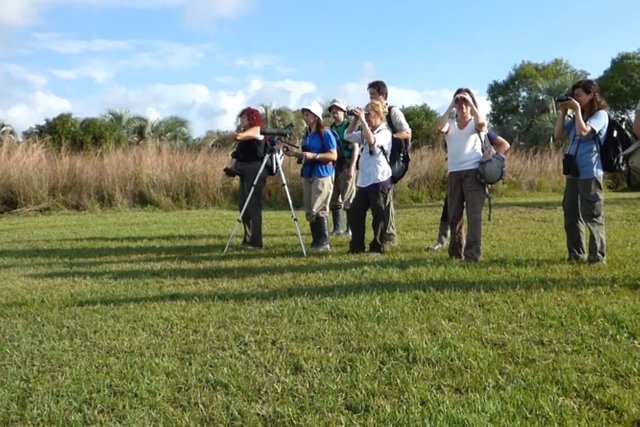 Numerous species of birds favored by the continuous development of the caldenal (calden forests), which abound in this province, protected by provincial law, have also gradually been incorporated.
Numerous species of birds favored by the continuous development of the caldenal (calden forests), which abound in this province, protected by provincial law, have also gradually been incorporated.According to the last census carried out by [Aves Argentinas] (https://www.avesargentinas.org.ar) more than 30% of the species are found in the Pampas.
Many of these beautiful birds go unnoticed in our daily lives, without paying the slightest attention to them.
Enjoying a weekend to observe them is not only a good hobby. It is both instructive and didactic. And it serves to improve us as people.
After having observed the Brama of the Deer we dedicated pou for a couple of days to the Bird Watching.
The photos in this post.
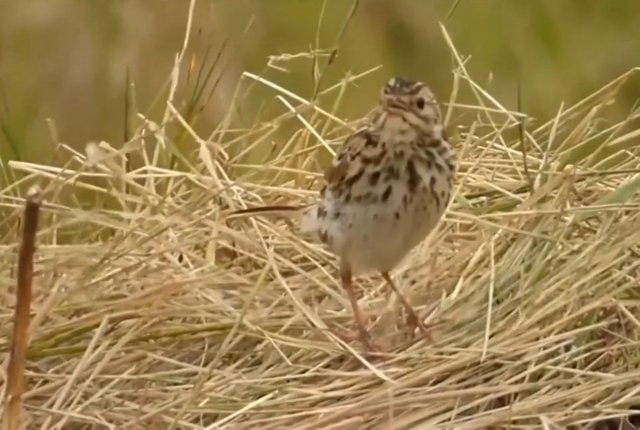
The most wanted birds.
The Churrinche or Brasita de Fuego for its intense red color is one of the most sought after birds.Legend has it that a cacique wounded by the conquerors preferred to commit suicide by opening his chest with a knife before falling prisoner.
There are some species that are in danger of extinction such as the ** yellow cardinal ** and the ** cinnamon monterita **.
For this reason, sightings must be organized so as not to disturb their natural habitat.
Other species that can be seen are: ** the orange grove, the misto, the goldfinch, various species of pigeons and woodpeckers, the musician thrush, the collared monterita, the common necktie, the chalchalero thrush, the white nun, the benteveo common, the blue tacuarita, the common mouse and the little black head among many other varieties.
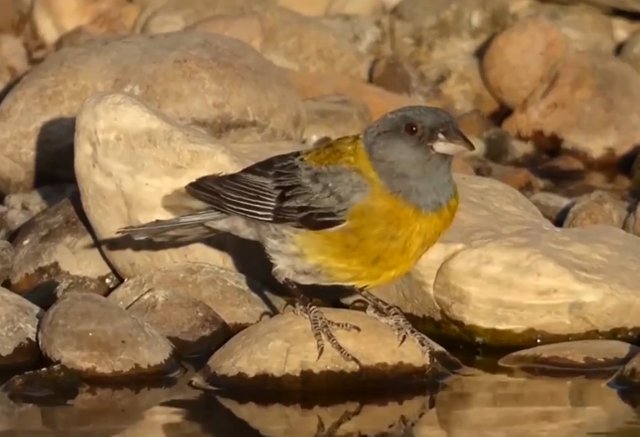 | 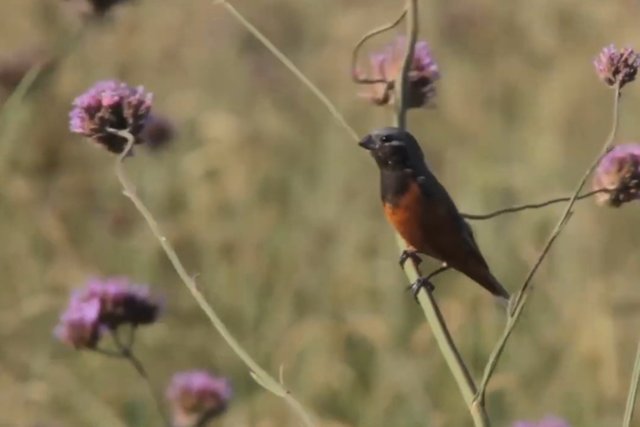 |  |
|---|---|---|
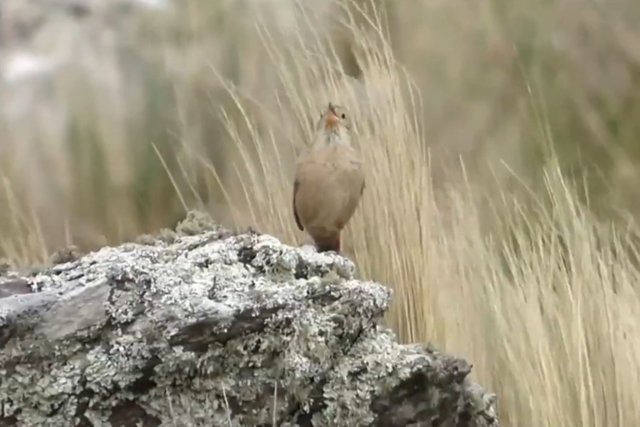 | 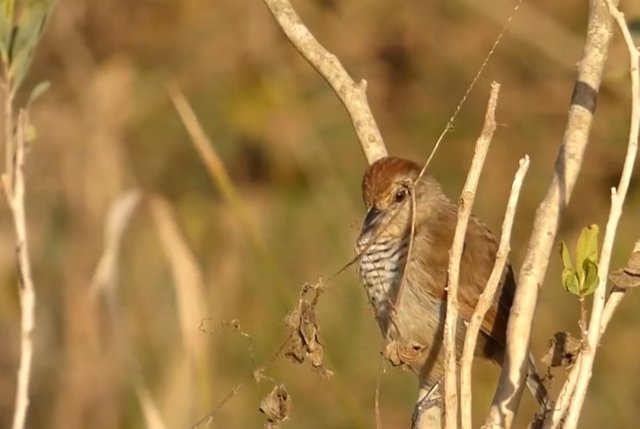 | 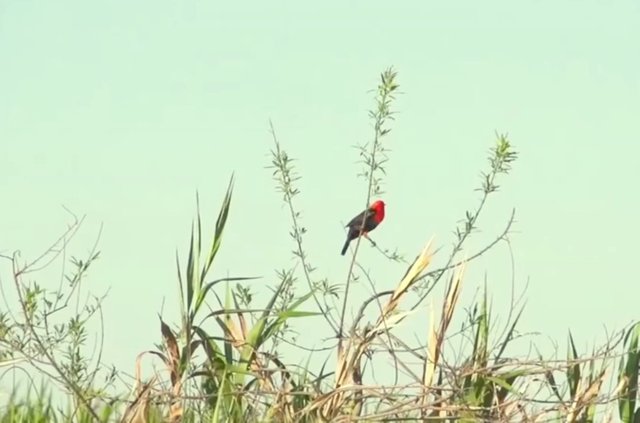 |
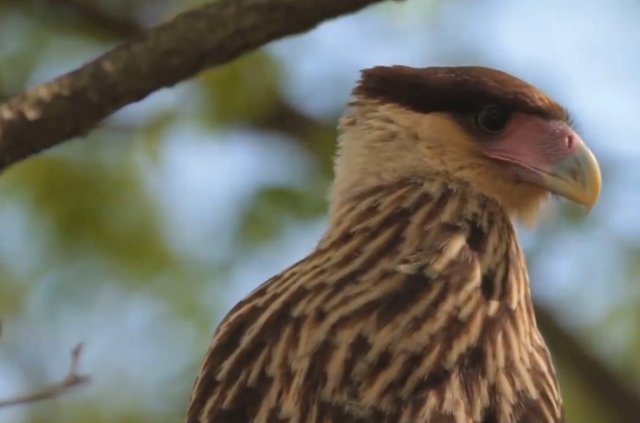 | 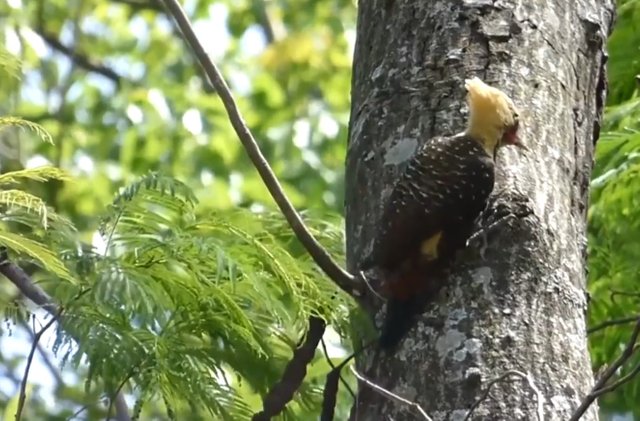 | 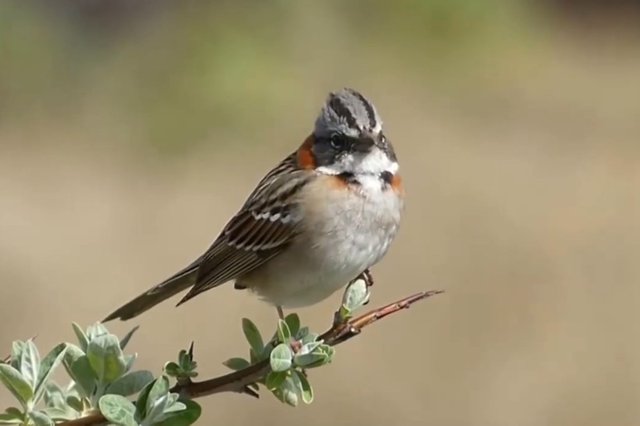 |
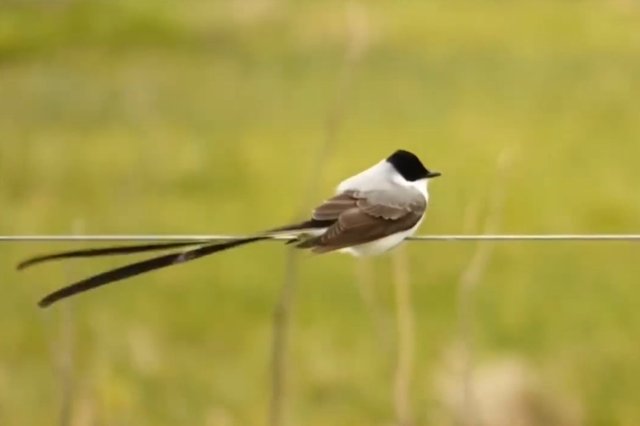 |  | 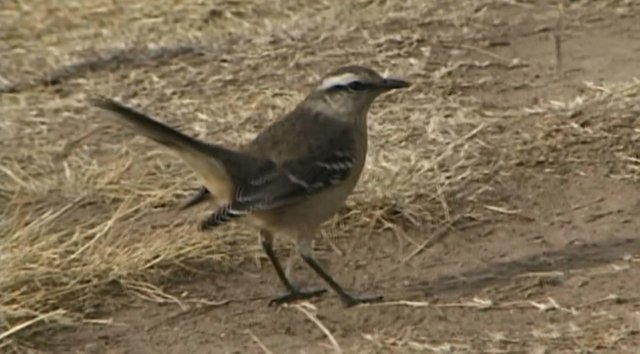 |
 | 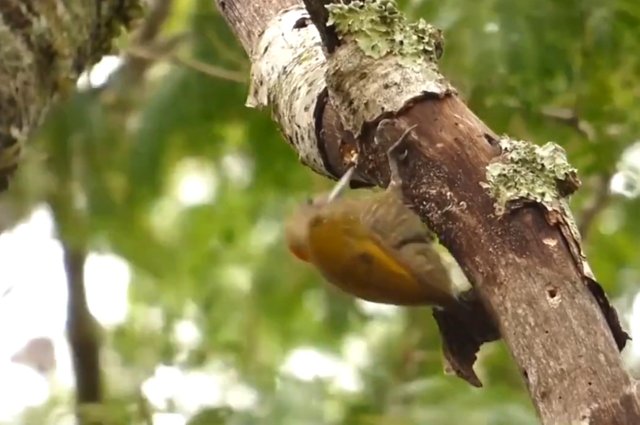 |  |

